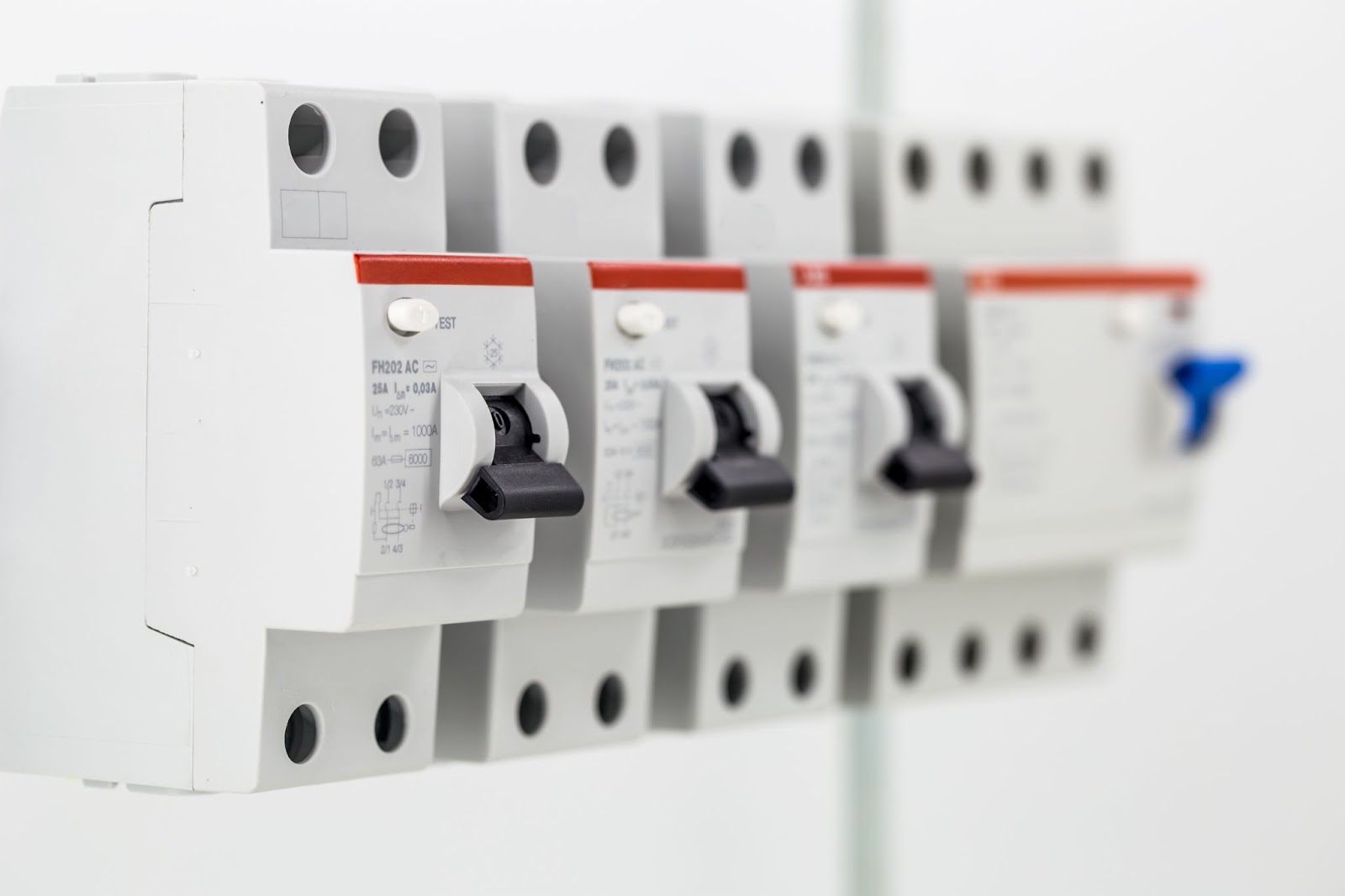As the world progresses, the significance of solar energy continues to capture widespread attention, becoming a prominent and ever-growing topic of discussion. With the increasing public interest, it is essential to address the challenges posed by misinformation and lingering uncertainties. Among the many questions raised, the speed of electricity within the realm of solar energy remains a particularly intriguing query. If you find yourself eager to shed light on this subject, the path to discovery lies just ahead, as we embark on an illuminating journey to uncover the answer.
The Velocity of Electrical Energy
Electricity involves the motion and flow of electrons through a conductor within an electrical field. For most household appliances, copper wires serve as the conductor.
When discussing the speed of electricity, it can refer to two aspects. Firstly, it denotes how swiftly electricity travels through the conductor, nearly matching the speed of light itself, which equates to an astonishing 670,616,629 miles per hour.
Conversely, it can also pertain to the speed of electrons within the electrical field. Surprisingly, this speed is slightly slower than that of electricity. This phenomenon is termed “drift velocity,” highlighting the variance between the two velocities.
Exploring Drift Velocity
In the intricate world of material science, a fascinating array of behaviors is observed in electron speeds. Some materials, with their tight grip on electrons, hold them firmly within their atomic domains, curbing their ability to roam freely. In contrast, a special category of materials, known as electricity conductors, grants electrons the freedom to dance swiftly. Among these conductors, copper stands out as an exceptional choice.
As electrons navigate through a conductor’s intricate pathways, their journey encounters a tumultuous ride due to the presence of chaotic energy, leading to slower speeds. However, ingeniously, a powerful ally in the form of an electrical force comes into play. This force serves as a conductor’s compass, aligning the electrons’ energy in a harmonious direction. The mesmerizing result is a significant surge in the speed of the electricity coursing through the conductor, as it embarks on its journey to electrify our world.

Tracing the Speed of Electricity
In the realm of solar energy, a prevailing misconception asserts that electricity generated by solar panels lags behind the speed of grid-supplied electricity. Yet, this notion proves to be nothing more than a myth, for the speed of electricity stands unwavering, unfazed by its origin.
Solar panels, the heralds of renewable energy, produce direct current (DC) electricity, whose velocity approaches that of light itself. However, this DC energy, while charged with potential, alone cannot energize your appliances. To harness its power, a solar inverter steps in, seamlessly converting DC energy into the oscillating dance of alternating current (AC) energy.
At first glance, one might presume that this transformation between currents could induce a speed loss, disrupting the natural flow of electricity. However, the beauty of this process lies in its elegance and efficiency. No speed is compromised during this conversion, and the electricity retains its rapid pace, ready to invigorate our lives with its boundless energy.
If you generate excess energy, you have two options:
- returning it to the power grid;
- storing it for later use through net metering.
Even when you save energy via net metering, its speed remains constant over time. No matter how long it takes to utilize the stored electricity, it will always travel at the speed mentioned earlier, irrespective of its source.
Conclusion
As we delve deeper into the fascinating world of electrical phenomena, one thing becomes strikingly clear: the speed of electricity adheres to a remarkable simplicity. Nearly mirroring the swiftness of light itself, its velocity remains steadfast, impervious to the source of energy that ignites its journey. In the realm of solar energy, this revelation holds profound implications. As solar panels diligently capture the sun’s rays and convert them into electrical energy, a symphony of electrons dances through their circuits with unparalleled agility. These electrons, propelled by the sun’s radiant power, traverse at speeds that rival the cosmic rays that grace our skies.
The notion that solar panel-generated electricity may lag behind the energy delivered by traditional utilities proves to be a mere fallacy. In reality, solar-generated electricity, driven by the same unyielding speed as its grid-provided counterpart, surges forth with equal vigor and resilience. As we witness this harmonious interplay between solar energy and electrical speed, the power to illuminate our homes and fuel our lives becomes a breathtaking realization of the boundless potential that lies within our grasp.








